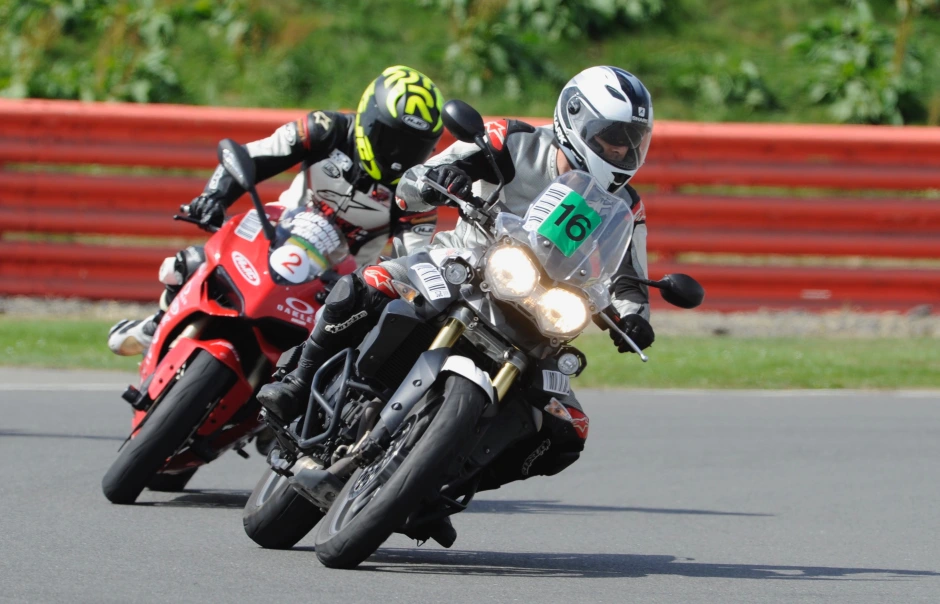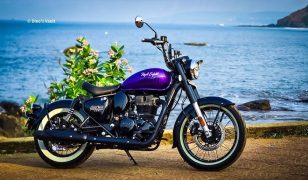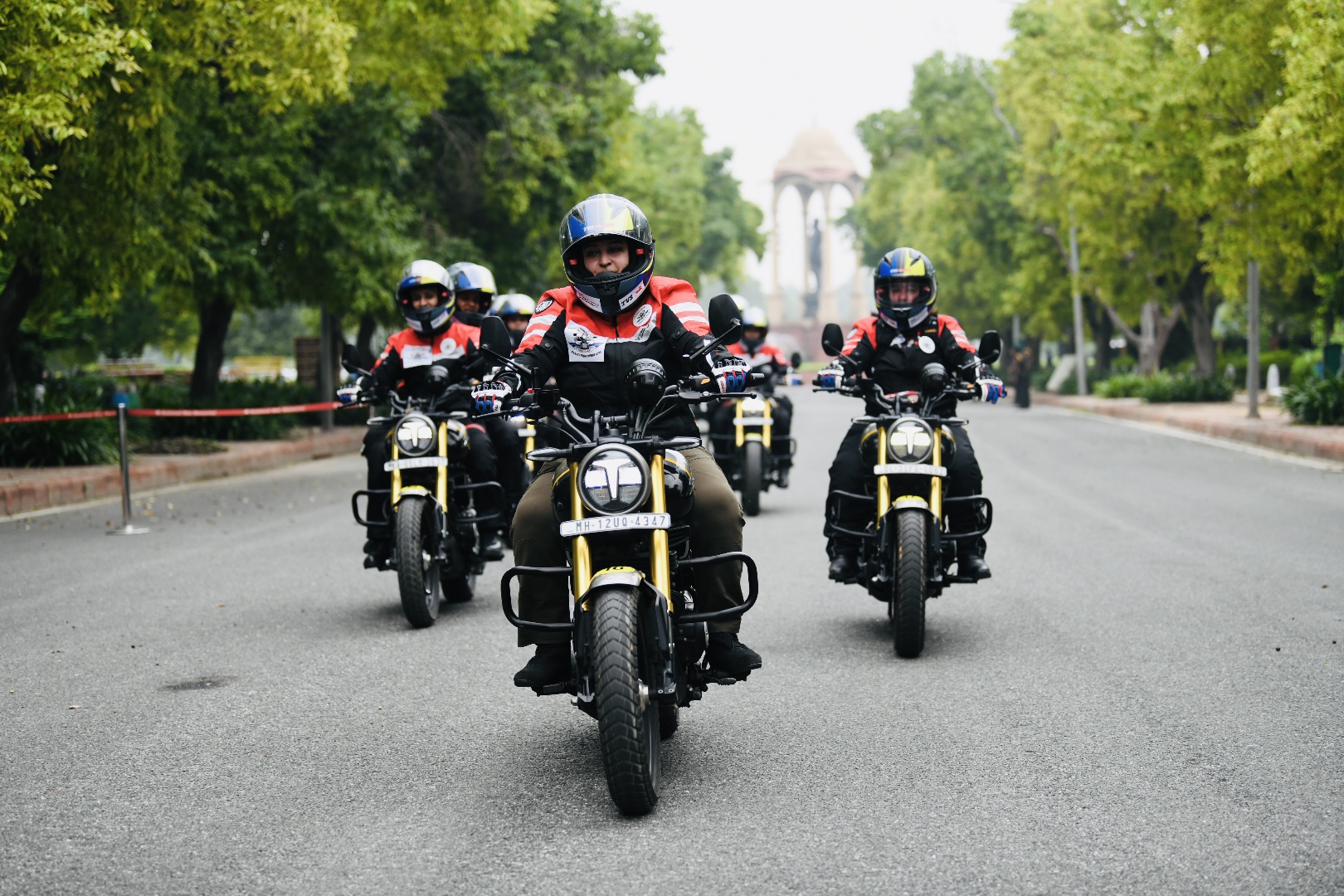The first stage of the California Superbike School concentrates on mastering the fundamentals of cornering, comprehending their rationale, and honing track skills to grasp their advantages. While some aspects of the level 1 curriculum seemed familiar, levels 2 and 3 delved significantly deeper into the intricacies of cornering. These lessons evoked a vivid imagination, fueling the notion of gearing up to become a professional racer. Before delving into levels 2 and 3, it’s recommended to review our previous article on CSS for a comprehensive understanding of the school’s format and the level 1 curriculum.
Level 2
The second level comprises four out of five sessions dedicated to enhancing vision skills, which proved to be profoundly enlightening. The adage “look far while cornering” has been echoed countless times, but level 2 revealed a more nuanced perspective. While focusing solely on the immediate path ahead is perilous, fixating too far into the corner risks drifting too close to the inside. The initial four sessions adeptly addressed these nuances.
The inaugural session focused on identifying reference points around corners, laying the groundwork for the subsequent “3-step” session, a more advanced iteration of the “2-step” technique. During the reference point selection exercise, each group ventured onto the track in succession for a low-speed reconnaissance lap to identify potential reference points, which could range from small sand patches to skid marks.
The subsequent “3-step” session involved visually tracing a line through the turn marker, reference point, and apex. Maintaining focus on each point sequentially allows for a smooth transition of vision, enabling the brain to gather anticipatory data. This technique notably improved my cornering line around C10 of MMRT, a challenging left-hander.
Level 3
The third level proved physically demanding, as it primarily centered on mastering body positioning. Eagerly anticipated, this stage is crucial for achieving an aesthetically pleasing posture in photographs and videos. The initial session focused on prepping body positioning before entering a corner, which proved to be more complex than anticipated.
Correct body positioning entails shifting backward on the seat while extending the pelvis outward in parallel with the handlebar, aided by the inside knee. Upon braking, gripping the tank with both knees prevents sliding forward, followed by shifting the upper body inward when initiating steering. Executing these maneuvers while entering a corner demands precision to avoid destabilizing the bike and potential mishaps.






